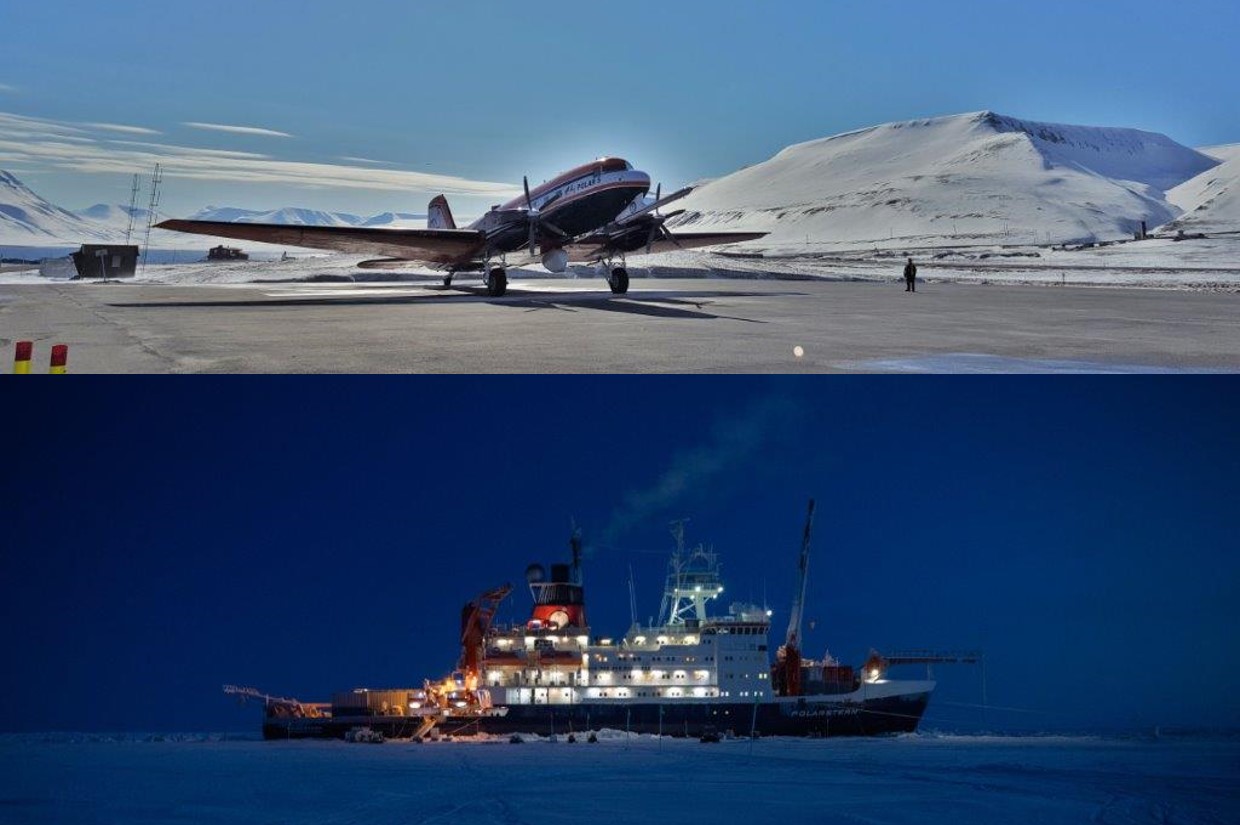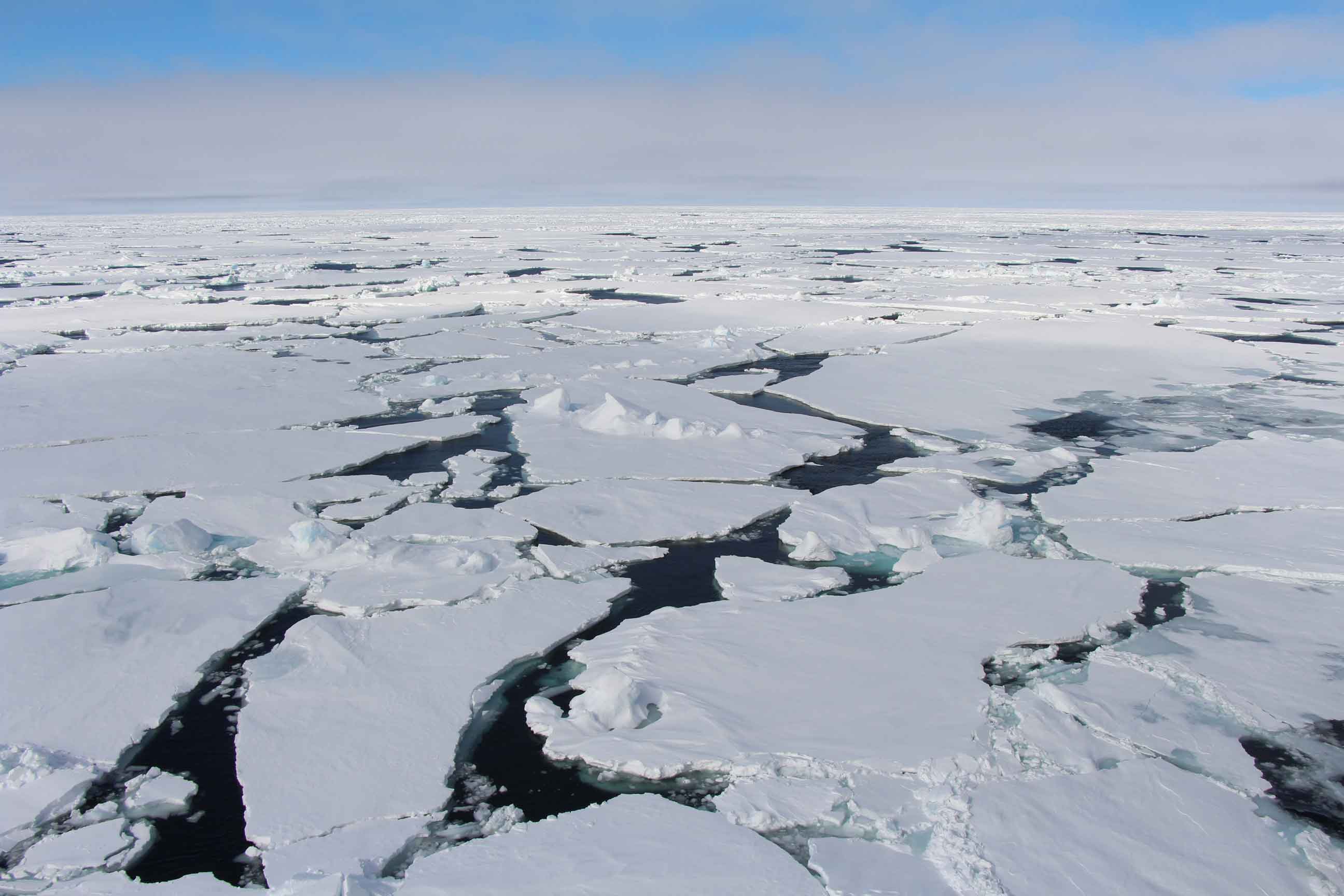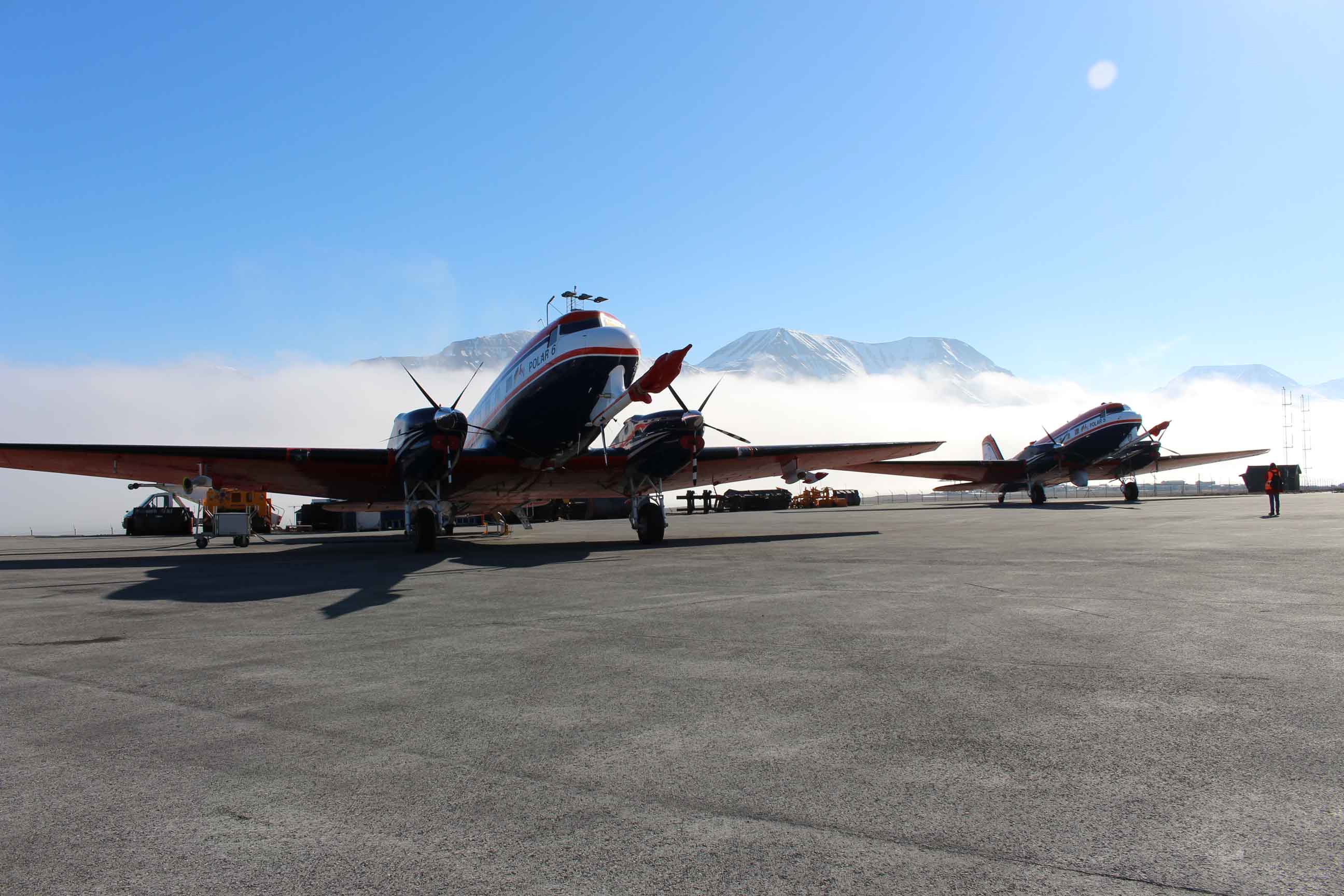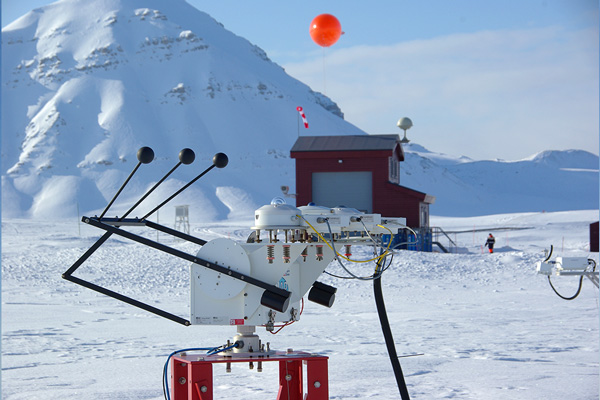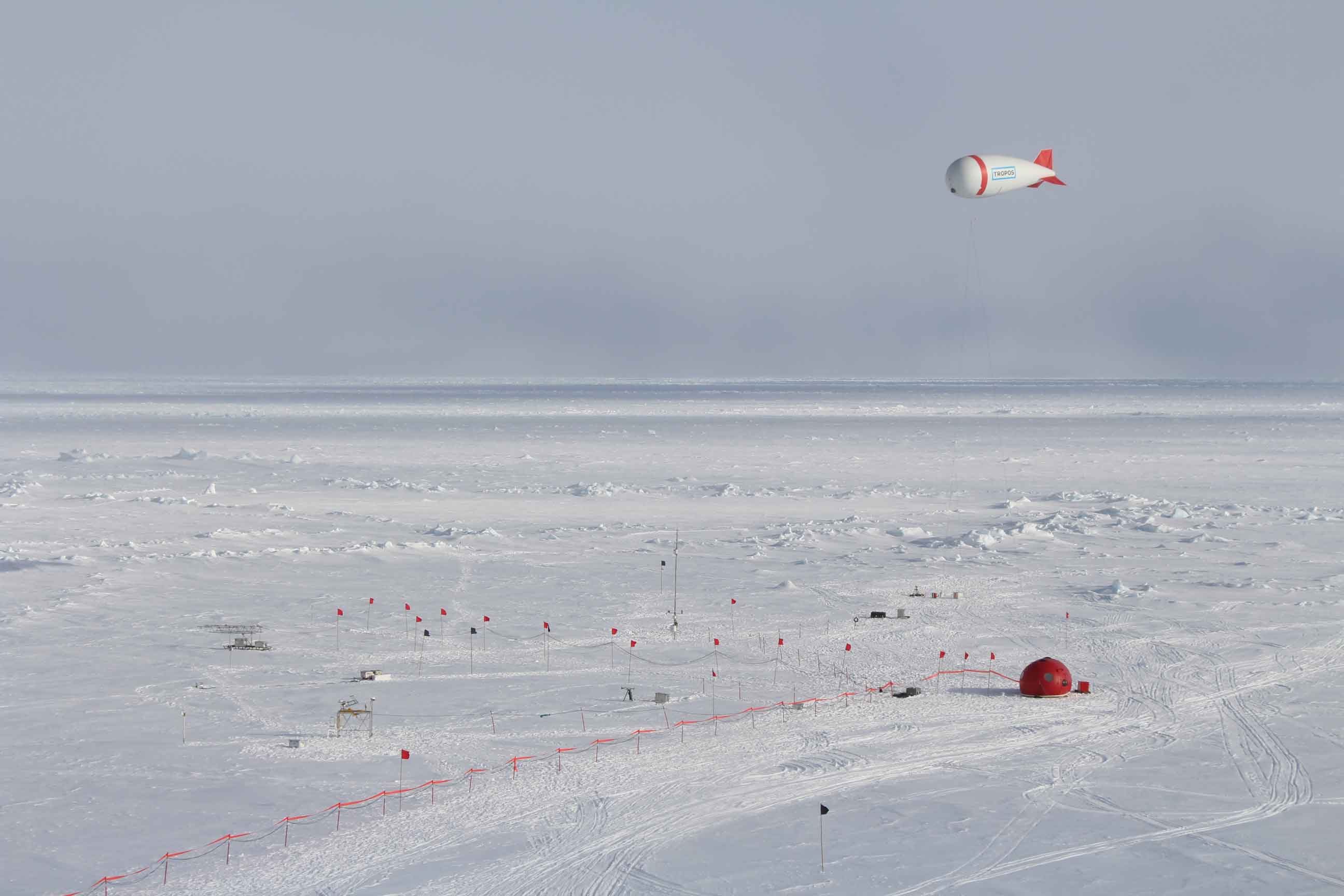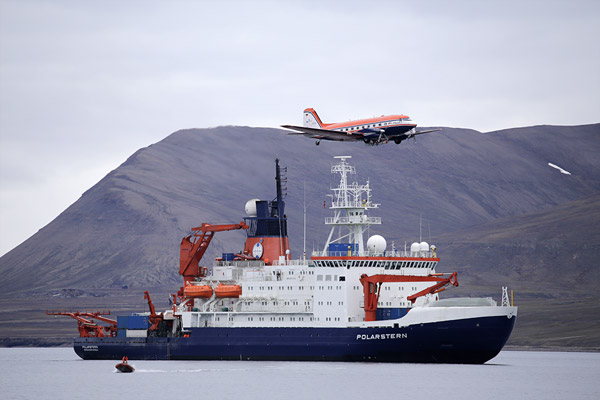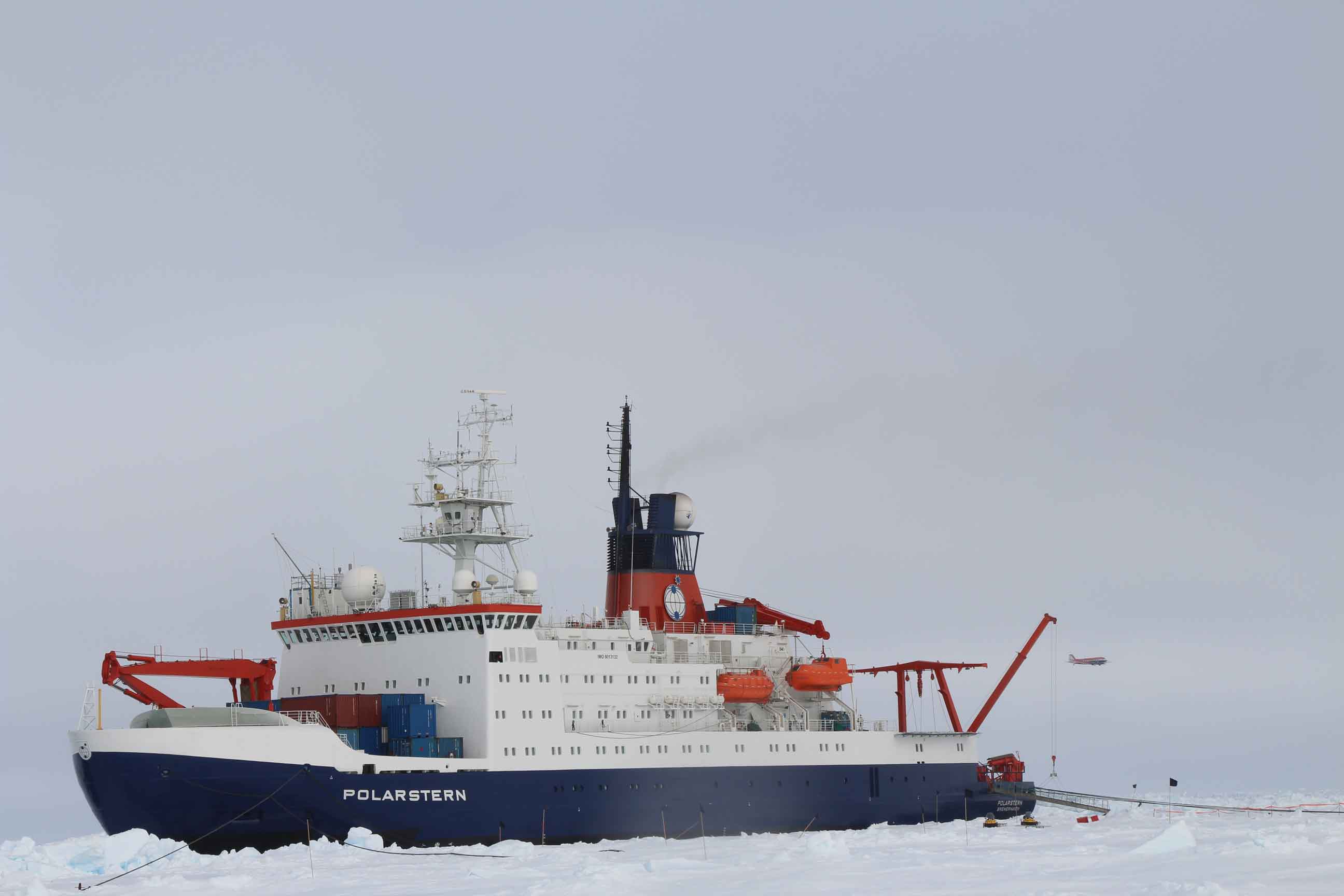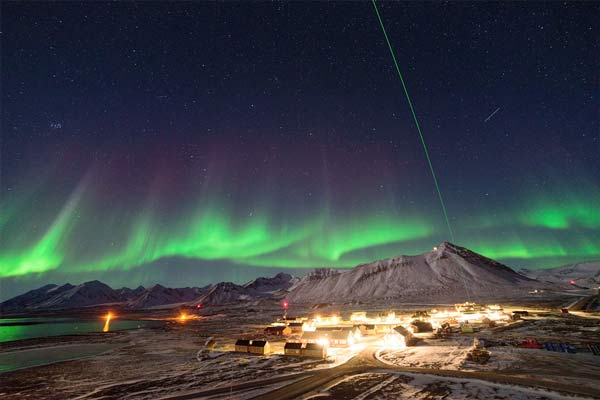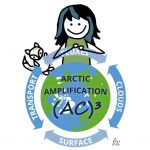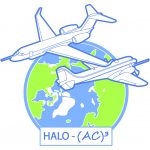News
16.12.2023 | IRTG Travel Grants Programm – Report AGU Fall Meeting 2023 (Andreas Walbröl)
07.12.2023 | IRTG Travel Grants Programm – Report PhD Alumni Day and (AC)³ General Assembly (Gabriella Wallentin)
28.11.2023 | IRTG Travel Grants Programm – Report Symposium on Polar Science and research stay in Japan (Alexander Mchedlishvili)
24.11.2023 | Approval of phase III of (AC)³ by DFG
13.09.2023 | IRTG Travel Grants Programm – Report SeaIce2Clouds workshop and research stay in Grenoble (Anisbel Léon)
Events
12.11.2024 - 15.11.2024 | Advanced Training Module (ATM) on Arctic midlatitude linkages
04.11.2024 | (AC)³ Online lesson: “Marine aerosol particles and their connection to the Ocean surface”
14.10.2024 | (AC)³ Online lesson: “Radiation Variability and Closure in the Arctic & Beyond”
02.09.2024 | (AC)³ Online lesson: “Clouds and radiation: What do we learn about the radiative impact of Arctic clouds from ground-based remote sensing?”
03.06.2024 | (AC)³ Online lesson: “Exploration of Arctic Climate Changes: Combining Observations and Modeling”
The Transregional Collaborative Research Centre TR 172 (AC)³ provides a unique research environment to study the increase of Arctic near-surface temperature during the last decades, which is commonly referred to as Arctic Amplification, from complementary viewpoints, bridging various observations and modelling approaches.
University of Leipzig, as the coordinating University has applied together with the University of Bremen, University of Cologne and the Alfred-Wegener Institute for Polar and Marine Research (AWI), and the Leibniz Insitute for Tropospheric Research (TROPOS) for support of this research project.
The overarching scientific objective of (AC)³ is to identify, investigate, and evaluate the key processes contributing to Arctic Amplification, improve our understanding of the major feedback mechanisms, and quantify their relative importance for Arctic Amplification.
The TR 172 is funded by the Deutsche Forschungsgemeinschaft – DFG.

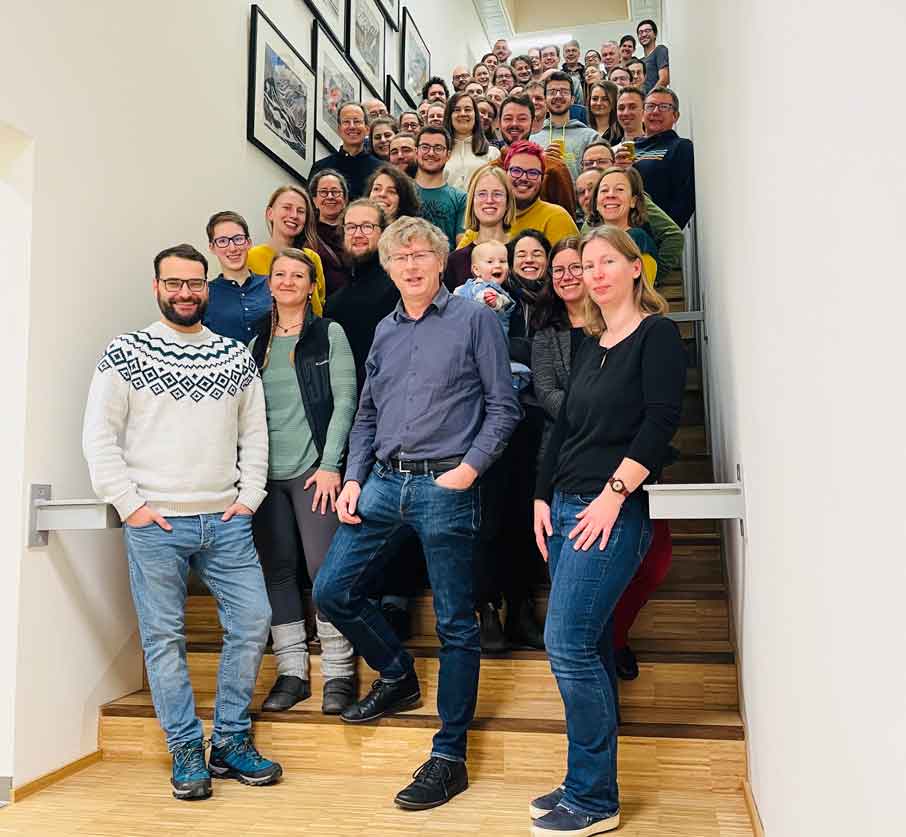
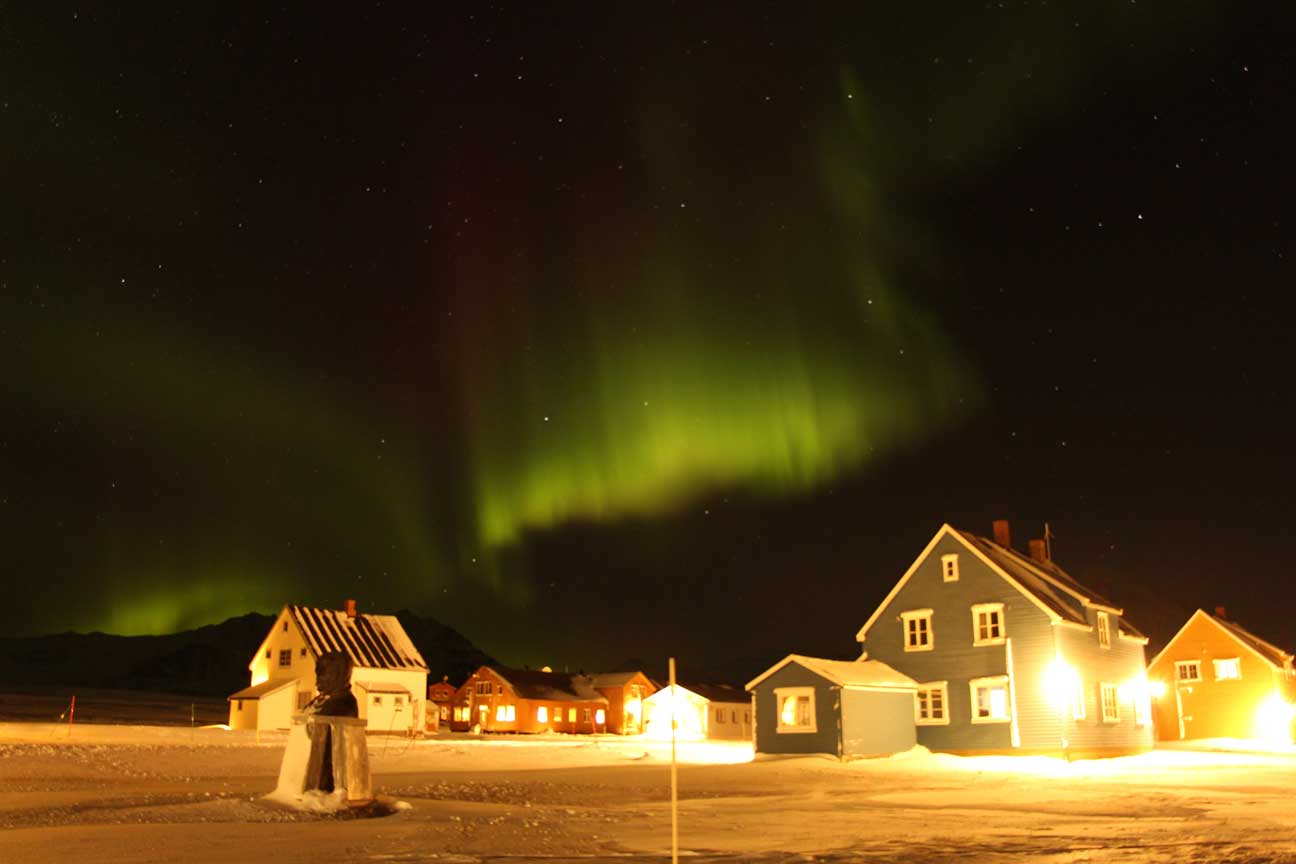
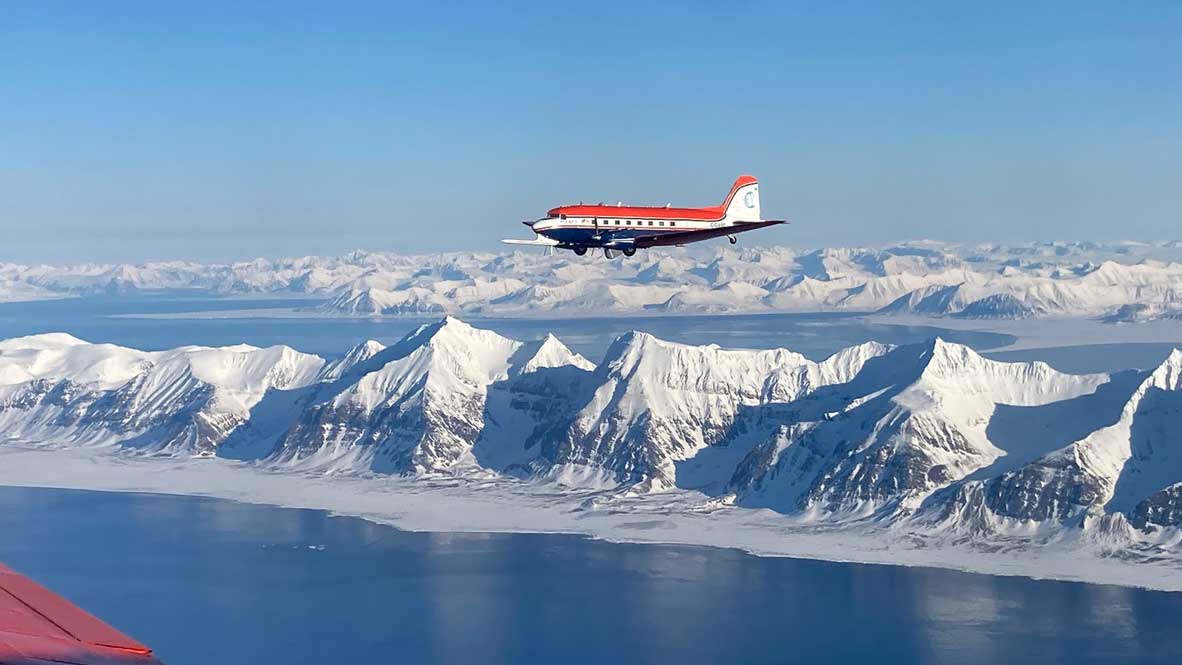
![HALO research aircraft during HALO-[ac3] in Kiruna, Sweden](https://www.ac3-tr.de/wp-content/uploads/2023/05/11032022_haloac3_kiruna_mbruckner_web.jpg)
